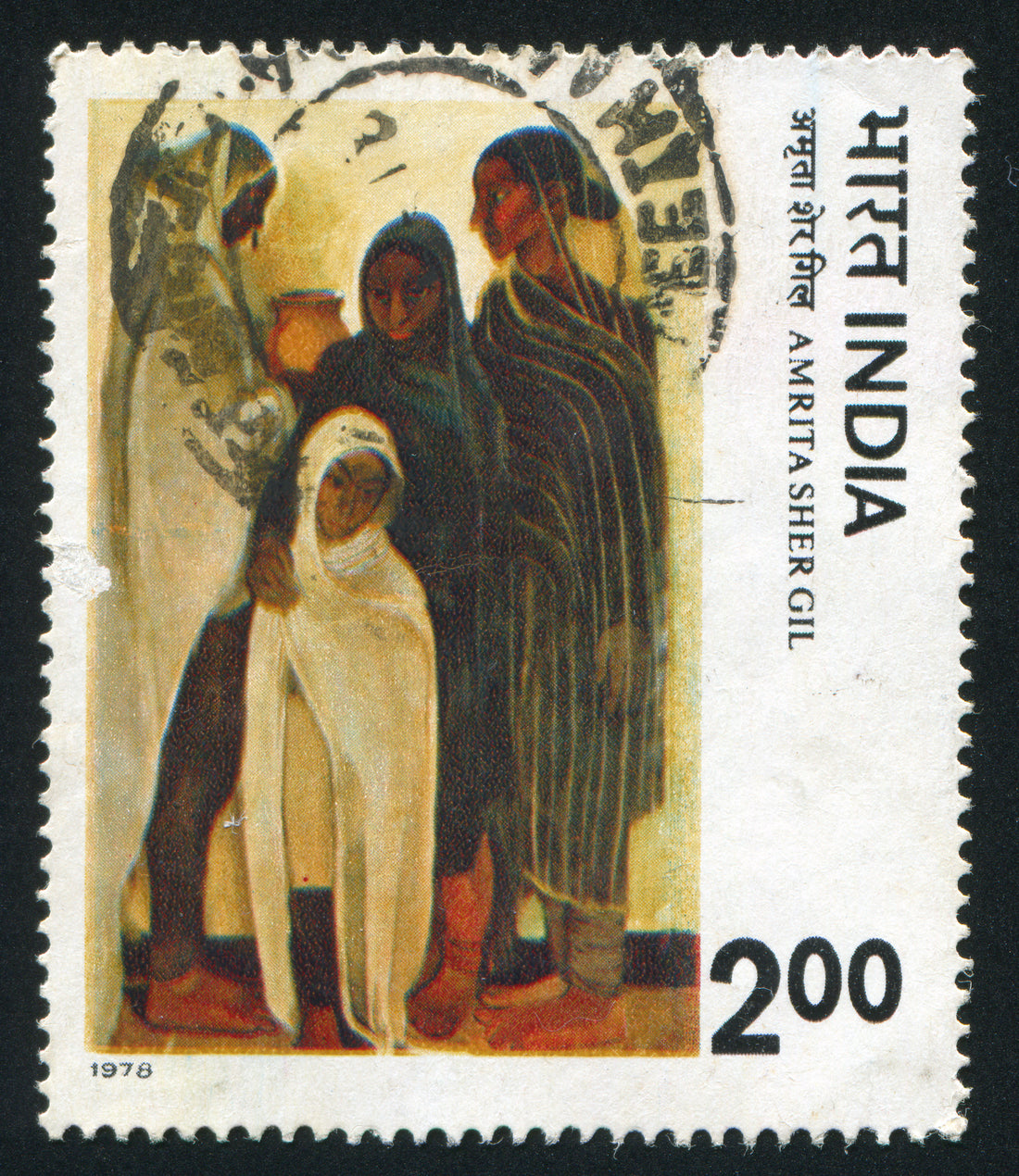
Indian Art during the British Era
Our persistent love of Indian art led us to dig deeper into the history and time long gone to understand how different cultures, people, political and economic events shaped the art to the current form.
If we look at the Mughal rule in the sixteenth and seventeenth centuries, we would notice that Indian art blossomed the most under this rule. While stone sculptures development was ample under the Mauryas (323-185 BC), the Kushans (late 1st - 3rd century AD) and the Guptas (320-550 AD), it were the Mughals who are credited for evolving Indian painting.
Under Mughal raj, art flourished at many levels and was usually made for a purpose like for a religious ritual, or pleasure. This is quite evident in the artforms recovered that belong to that era - painted windows & walls, carving on temples, royal courts and so on. Indigenous forms, techniques and styles were influenced by the Persian artists who accompanied Mughal descendents to India, resulting in a beautiful and fine era for art.
Western modernity paired with elegant wood carving
For a number of years from when Britishers colonised India back in the eighteenth century, Indian art and artists were frowned upon and the art scene took a setback.
However, western education and reasoning made people challenge superstition and its religious divisions. During this period, few reformers appeared who changed the shape of the society. One such notable reformer was Raja Ram Mohan Roy. He is fondly referred to as the father of modern India.
Another family often credited with progressive ideas, and cultural renaissance was the Tagore family. The most celebrated artist from this Bengali family was Rabindranath Tagore (1861-1941). In 1913, he became the first non-white to win the Nobel prize for Literature and was later knighted by British in 1915. On his request, Bauhaus school of design, architecture, and applied arts that existed in Germany from 1919 to 1933 send an exhibition of Bauhaus artists to India in Dec 1922. This exhibition introduced contemporary European art to Indian artists and opened up local minds to the modern art.
In the famous summer holiday destination, Shimla, India, Amrita Sher-Gil (January 30, 1913 - December 5, 1941) started taking painting seriously in 1926 on advice of her nephew and Indologist Ervin Baktay. During the initial stages of her career, Amrita’s works deeply reflected her Western influence. Later on, she was influenced by the Mughal & the Ajanta paintings, by the works of Rabindranath Tagore and Abanindranath Tagore. and derived inspiration from the state of rural and underprivileged people in villages. She was one of the first female artists in India to depict women in various shades and as subjects of most of her paintings.
During the 1930s, Ramkinkar Vaij (1910-1980) attempted to revived Indian sculpture - long after the glorious period of the Mauryas, Kushans and Gupta dynasties of 11-12th centuries. At the age of 19, he joined Santiniketan, a university founded by Rabindranath Tagore. He was one of the pioneering trio of artists, along with Nandalal Bose and Benodebehari Mukherjee, who made Santiniketan the most important center for art in India between 1920 and 1947.
Modern art in India launched itself in 1947 when Britain finally let go of India.
"Long years ago we made a tryst with destiny, and now the time comes when we shall redeem our pledge, not wholly or in full measure, but very substantially. At the stroke of the midnight hour, when the world sleeps, India will awake to life and freedom. A moment comes, which comes but rarely in history, when we step out from the old to new, when an age ends, and when the soul of a nation, long suppressed, finds utterance... - An excerpt from Jawaharlal Nehru's Tryst of Destiny speech, August 15, 1947
Francis Newton Souza (12 April 1924 – 28 March 2002) who was a British Asian artist founded the Progressive Artists' Group in Mumbai in year India got its independence. The founding members were K.H. Ara, M. F. Husain, S. H. Raza F.N. Souza, and H.A. Gade.
The group held its first exhibition in 1948, but the group did not last very long. Suza left for England in 1949, Raza for France in 1951, and the group petered out. Yet in its brief time, the group made a lasting impression since each member of the group had adopted a highly professional attitude in terms of their own creativity and their relationship with the world. This crystallization of attitude was embraced by the next generation of artists in following years allowing Indian art to transform itself into one of the most vibrant art scenes in the world.
